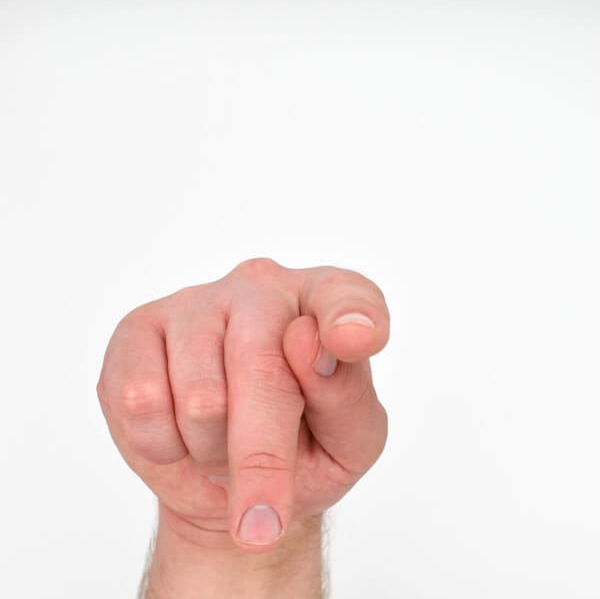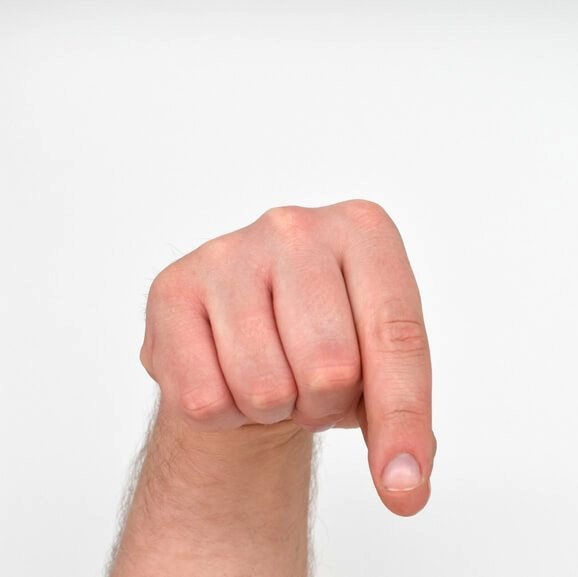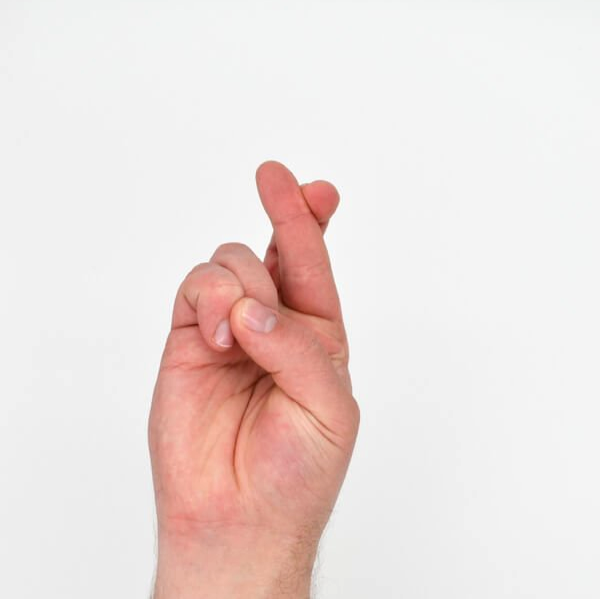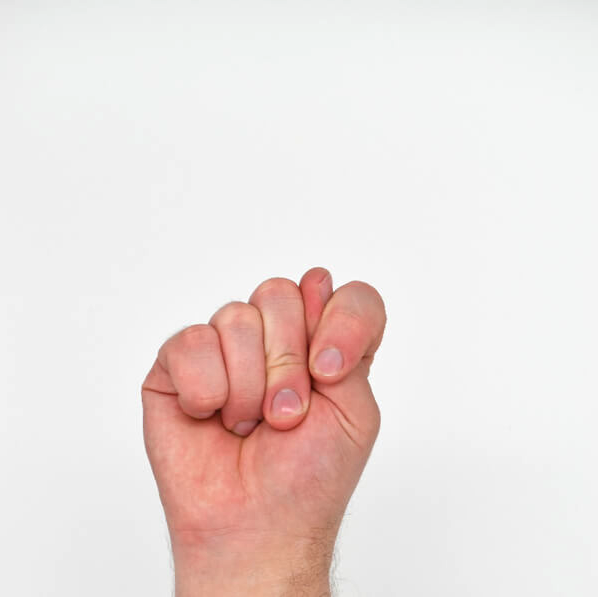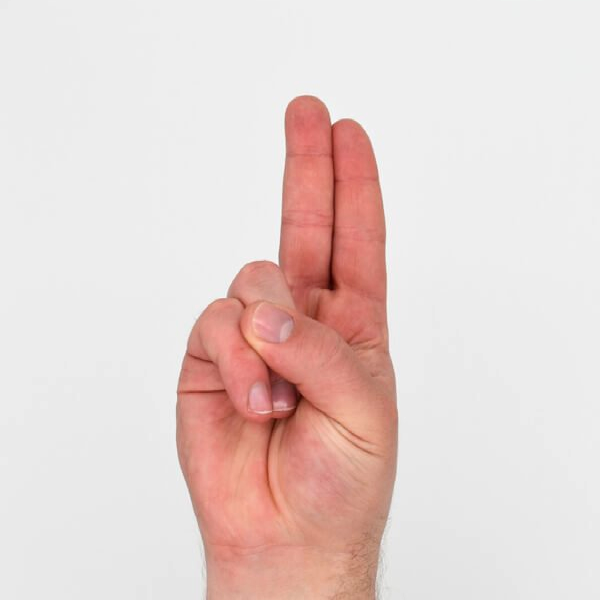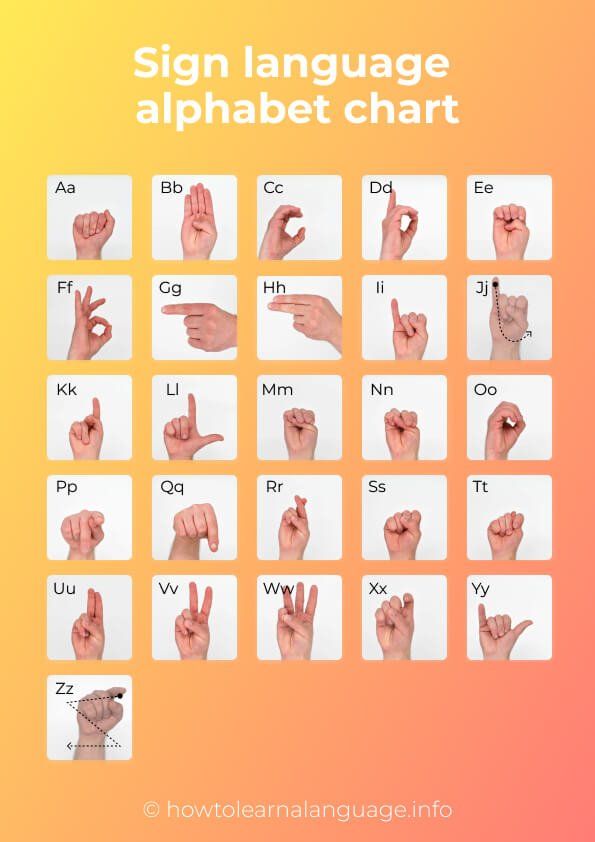Sign language alphabet
The American Sign Language (ASL) alphabet, sometimes called the "deaf alphabet", is a system of manual communication used by deaf and hard of hearing individuals in the United States and other parts of North America. It is based on a combination of hand shapes, gestures, and facial expressions, and is used to represent the letters of the English alphabet, as well as numbers, symbols, and other linguistic elements. The ASL alphabet is a crucial tool for deaf and hard of hearing individuals, and is an important part of the rich and diverse culture of the deaf community.
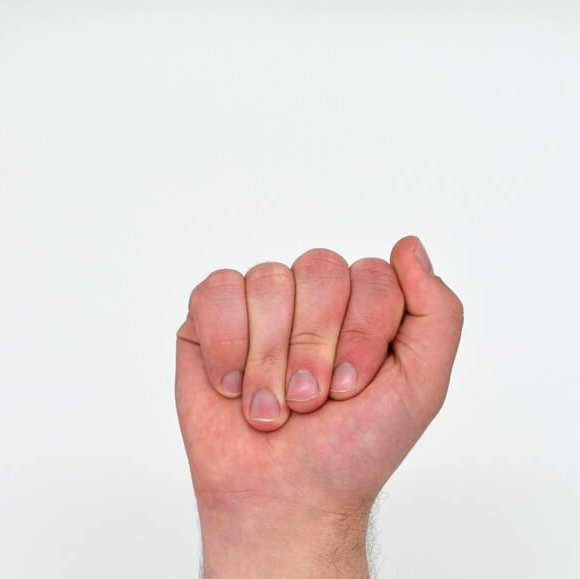
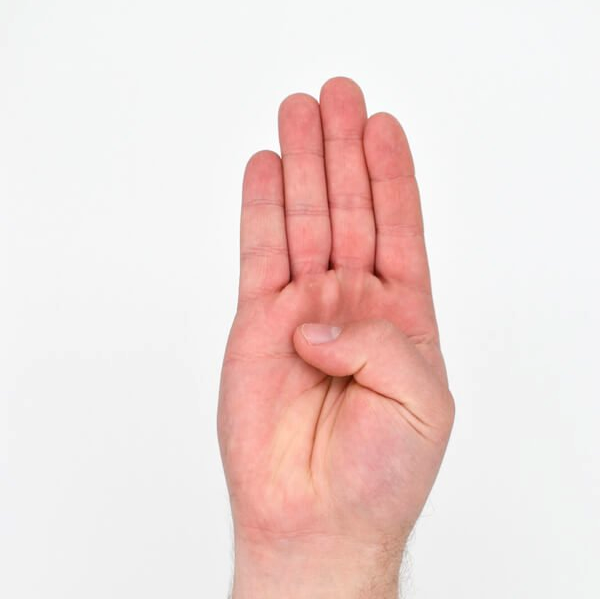
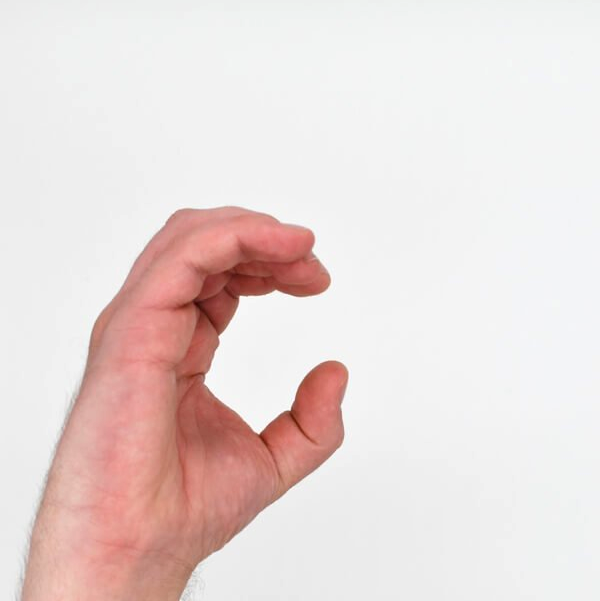
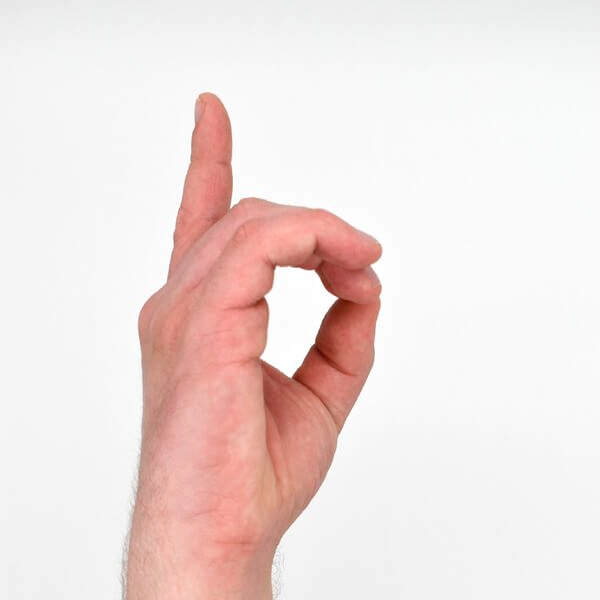

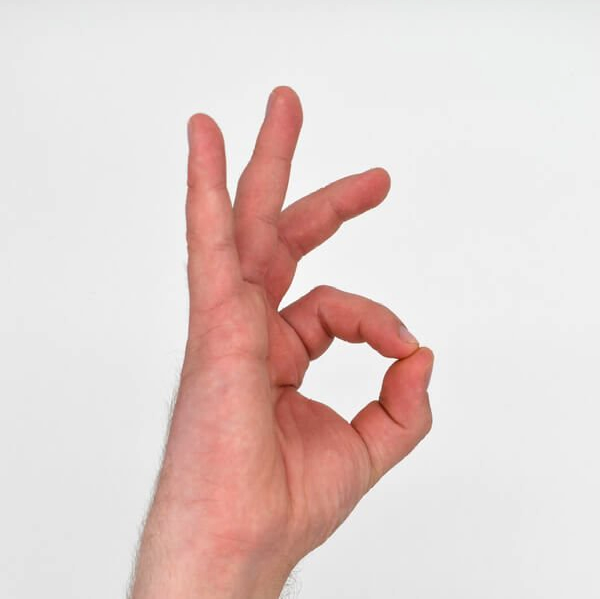


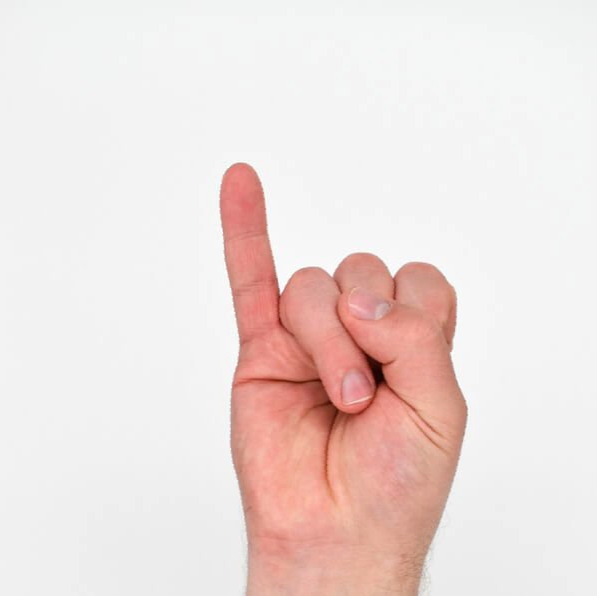

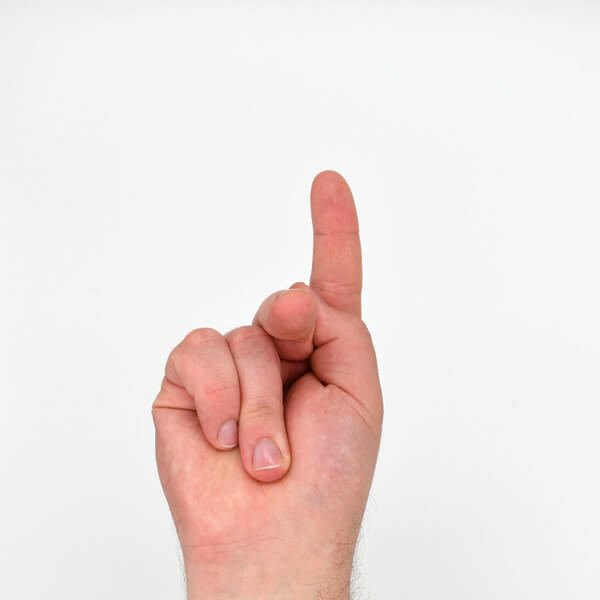
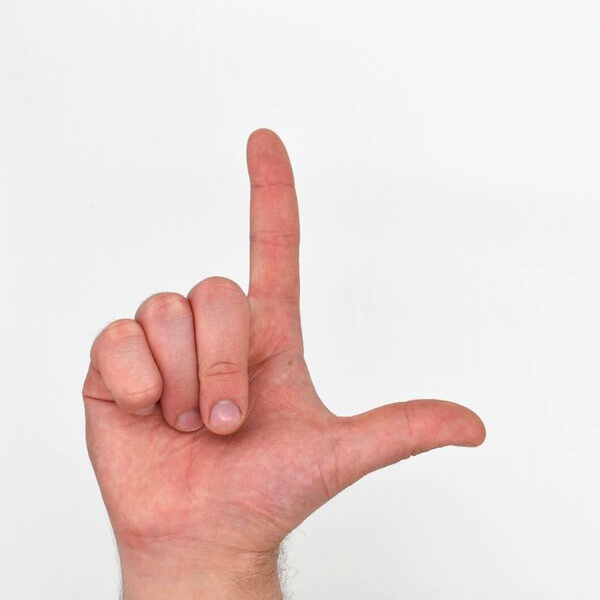
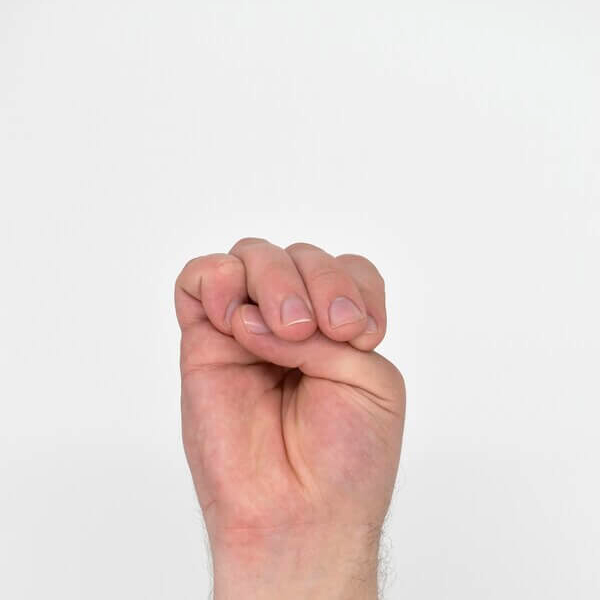
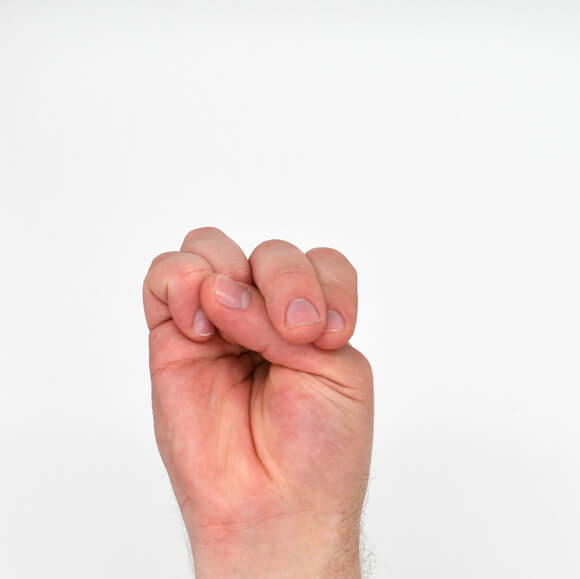
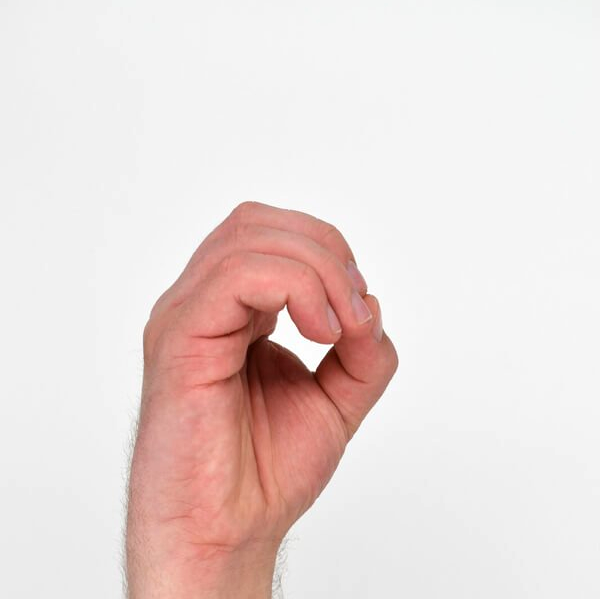
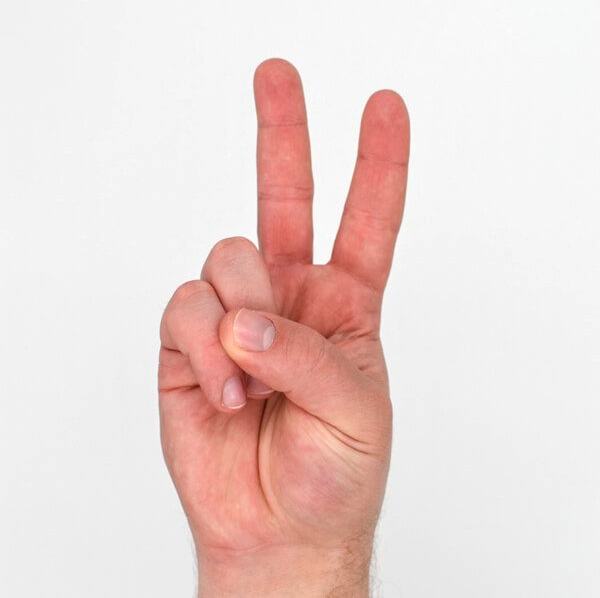
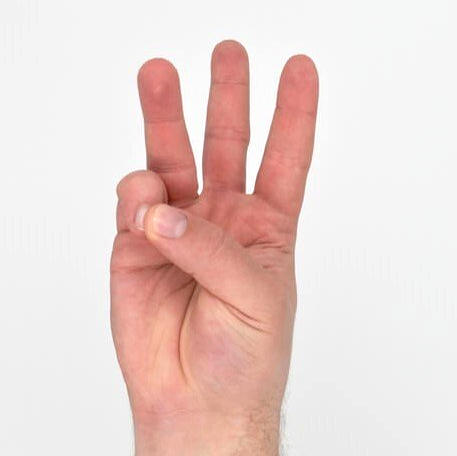

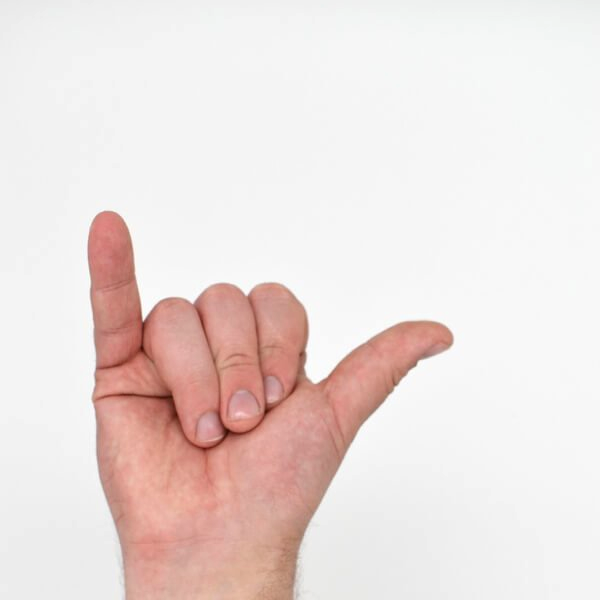

'A' in Sign Language
To represent the letter A using sign language, extend your dominant hand with fingers closed into a fist, and position it in front of you, facing outward. Within this fist, the thumb is raised and positioned alongside the side of the fist. This handshape resembles a lowercase 'a' rotated upside down, where the upright thumb acts as a visual reminder of the serif that extends from the side of the small letter 'a'.
'B' in Sign Language
To convey the letter B in sign language, use your dominant hand by extending all four fingers upright, pressed firmly together, with the palm facing outward. Simultaneously, tuck your thumb securely into the palm of your hand. This handshape bears a resemblance to the lowercase letter 'b', as the four standing fingers represent the vertical line, while the tucked thumb symbolizes the round part of the small letter 'b'.
'C' in Sign Language
To signify the letter C in sign language, shape your dominant hand into an open position. Then, gently curve your hand, mimicking the rounded shape of the letter 'C'. Ensure that the top four fingers are held together, forming the upper curve, while the thumb forms the lower curve. This hand configuration visually resembles the letter 'C', with the top curve created by the aligned fingers and the bottom curve represented by the positioned thumb.
'D' in Sign Language
To represent the letter D in sign language, raise your dominant hand with the palm facing outward. Next, curve your middle, ring, and pinkie fingers, bringing them together to touch your thumb. At the same time, keep your index finger upright and extended. This hand configuration closely resembles the lowercase letter 'd', where the curved fingers symbolize the rounded part of the letter, while the upright index finger represents the straight vertical line.
'E' in Sign Language
To signify the letter E in sign language, raise your dominant hand with the palm facing outward. Then, bring together the top four fingers of your hand, tightly touching each other, and curl them inward. Simultaneously, curve your thumb tightly and tuck it into your palm, allowing it to touch the tips of the fingers above. This hand configuration closely resembles the lowercase letter 'e', where the curved fingers and tucked thumb mimic the rounded shape of the letter 'e'.
'F' in Sign Language
To represent the letter F in sign language, follow these steps:
- Use one hand and bring the tip of your index finger to touch the tip of your thumb, forming a circular shape.
- Simultaneously, keep your pinky, middle finger, and index finger extended and standing straight up. Make sure they are separated from one another, not touching.
By forming the circular shape between your index finger and thumb while keeping the other three fingers extended and apart, you create the sign for the letter F in sign language. The extended fingers represent the straight vertical lines of the letter F, while the circular shape formed by the index finger and thumb adds to its unique handshape.
'G' in Sign Language
To convey the letter G in sign language, follow these steps:
- Extend your dominant hand into a fist, with the knuckles aligned vertically.
- Keep your middle, ring, and pinkie fingers curled inward toward the palm of your hand.
- Extend your index finger and thumb straight out, positioned parallel to each other.
By forming this handshape, you represent the letter G in sign language. The curled fingers signify the rounded part of the letter, while the extended index finger and thumb represent the straight vertical and horizontal lines, respectively, of the letter G.
'H' in Sign Language
Sign the letter H by extending your dominant hand horizontally, palm inward, with your index and middle fingers held straight and aligned horizontally, one on top of the other.
'I' in Sign Language
To sign the letter I in sign language, raise your dominant hand in a fist with the palm facing outward. Then, extend and hold your pinkie finger straight up while keeping the other fingers curled within the fist.
'J' in Sign Language
To sign the letter J, extend your dominant hand with your palm facing outward. Curl all your fingers into a fist, except for your pinkie finger, which should remain extended. Using your pinkie finger, trace the shape of a 'J' in the air, starting from the top of the stem and curving down before curving up again to complete the bottom part of the letter.
'K' in Sign Language
To sign the letter K, raise your dominant hand with the palm facing outward. Extend your index and middle fingers, forming a "V" shape similar to the common "peace" sign. Meanwhile, tuck your thumb against the base of the extended fingers. Curl your ring finger and pinkie inward, touching your palm.
'L' in Sign Language
To sign the letter L, raise your dominant hand with the palm facing outward. Extend your thumb and index finger, forming a right angle between them. Keep the last three fingers curled inward towards your palm.
'M' in Sign Language
To sign the letter M, raise your dominant hand with the palm facing outward. Curl all your fingers into your palm, creating a fist-like shape. Next, tuck your thumb between your ring and pinkie fingers. This sign resembles the lowercase letter 'm' in cursive writing, with the bumps formed by the three fingers reminiscent of its shape.
'N' in Sign Language
To sign the letter N, raise your dominant hand with the palm facing outward. Curl all your fingers into your palm, creating a closed hand shape. Then, tuck your thumb between your middle and ring fingers. This sign resembles the lowercase letter 'n' in cursive writing, with the bumps formed by the two fingers serving as a visual reminder of its shape.
'O' in Sign Language
To sign the letter O, gracefully curve your fingers inward, uniting them and placing them in contact with your thumb. This action results in a circular formation, resembling the letter 'O', encompassing your entire hand.
'P' in Sign Language
To sign the letter P, lower your dominant hand with the palm facing inward. Extend your index and middle fingers upward, creating an inverted "V" shape. Tuck your thumb between the two extended fingers. Curl your ring finger and pinkie inward, touching your palm. This sign mirrors the shape of the letter 'P' when held upside down, with the extended fingers forming the top part and the curled fingers representing the bottom part of the letter.
'Q' in Sign Language
To depict the letter Q using hand gestures, you can follow these instructions:
Begin by raising your dominant hand with your palm facing inward. Align your knuckles horizontally, forming a straight line. Keep your middle, ring, and pinkie fingers curled inward toward your palm. Simultaneously, extend your index finger and thumb in parallel, resembling the two legs of a person standing upright. This configuration represents the letter Q.
'R' in Sign Language
To represent the letter "R," you can make the sign by extending your dominant hand with the palm facing outward. Intertwine your index and middle fingers, resembling the intertwining of vines, while curling the remaining fingers and thumb inward. This hand gesture closely resembles the lowercase letter 'r'.
'S' in Sign Language
To create the sign for the letter "S," raise one hand to approximately chest height and form a fist with your palm facing outward. The gesture resembles the act of holding up a stone. Associating this visual cue with the sign can assist you in remembering it.
'T' in Sign Language
To represent the letter "T," raise your dominant hand and form a fist with your palm facing outward. Tuck your thumb between your index and middle fingers while maintaining the fist shape. This hand gesture accurately signifies the letter "T."
'U' in Sign Language
To express the letter "U" in Sign Language, extend your index and middle fingers upright and bring them together, pressing them gently. The remaining fingers are tucked into the palm of the hand. This hand configuration accurately represents the letter "U" in Sign Language.
'V' in Sign Language
The V sign is a hand gesture formed by raising and separating the index and middle fingers, creating a distinct V shape, while keeping the other fingers clenched.
'W' in Sign Language
To represent the letter "W" in American Sign Language (ASL), hold your dominant hand in a fist with the palm facing outward. Extend your index, middle, and ring fingers outwards, resembling the shape of the letter 'W.' It's important to differentiate this sign from the ASL number '3' where the thumb extends instead of the ring finger.
'X' in Sign Language
To symbolize the letter "X" in sign language, begin by raising your dominant hand into a fist, with the palm facing outward. Next, extend your index finger and curve it into a hook shape. This hand gesture accurately represents the letter "X."
'Y' in Sign Language
To represent the letter "Y" in sign language, raise your dominant hand with the palm facing outward. Extend your thumb and pinkie finger outward while curling the remaining fingers into your palm. This hand gesture accurately signifies the letter "Y" in sign language.
'Z' in Sign Language
To symbolize the letter "Z" in sign language, begin by raising your dominant hand with the palm facing outward. Extend your index finger while curling the remaining fingers into a fist. Use your extended index finger to trace the shape of the letter 'Z' in the air. This hand movement accurately represents the letter "Z" in sign language.
Introduction to the American Sign Language Alphabet
- The ASL alphabet is a system of hand gestures and movements used by people who are deaf or hard of hearing to communicate with each other and with hearing people.
- The ASL alphabet is a unique and powerful tool for facilitating communication, and is an essential part of the rich and diverse culture of the deaf and hard of hearing community in the United States.
The History and Development of the American Sign Language Alphabet
- The ASL alphabet has its roots in the sign languages developed by deaf communities in Europe during the 18th and 19th centuries.
- The ASL alphabet was formally established in the United States in the early 20th century, and has since become the most widely used sign language in the country.
- The ASL alphabet has evolved over time, and continues to be shaped by the needs and experiences of the deaf and hard of hearing community.
The Structure and Features of the American Sign Language Alphabet
- The ASL alphabet consists of 26 hand gestures, one for each letter of the English alphabet.
- Each hand gesture in the ASL alphabet is unique and distinct, and is used to represent a specific letter of the English alphabet.
- The ASL alphabet also includes additional hand gestures and movements for representing numbers, punctuation, and other elements of written language.
The Benefits and Importance of the American Sign Language Alphabet
- The ASL alphabet provides a crucial means of communication for people who are deaf or hard of hearing.
- The ASL alphabet is a rich and expressive language, with its own grammar, vocabulary, and cultural traditions.
- The use of the ASL alphabet can promote social inclusion and understanding among deaf and hearing people, and can help to bridge the communication gap between these two communities.
The Future of the American Sign Language Alphabet
- The ASL alphabet continues to evolve and adapt to the changing needs of the deaf and hard of hearing community.
- Advances in technology and communication are providing new opportunities and challenges for the use and development of the ASL alphabet.
- The ASL alphabet remains an essential part of the culture and identity of the deaf and hard of hearing community, and will continue to play a vital role in facilitating communication and promoting understanding in the years to come.
